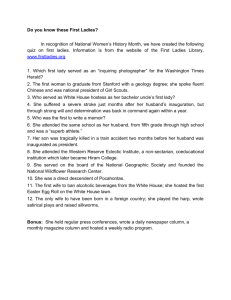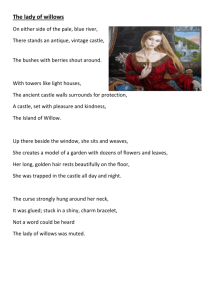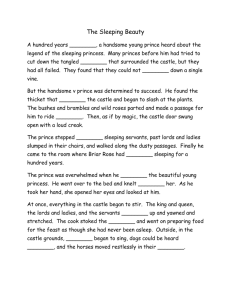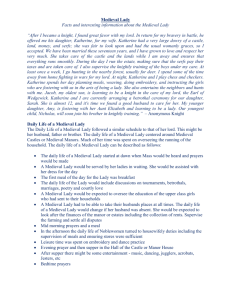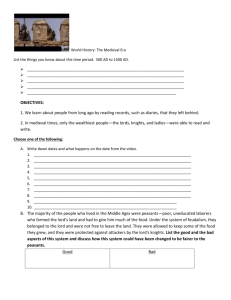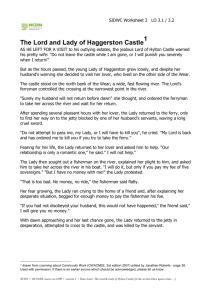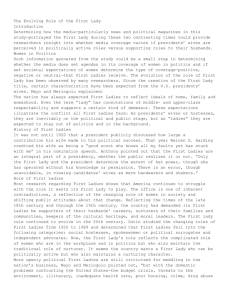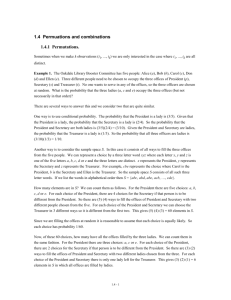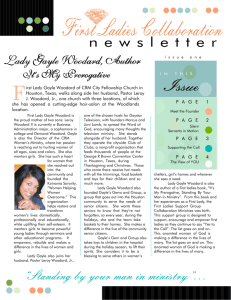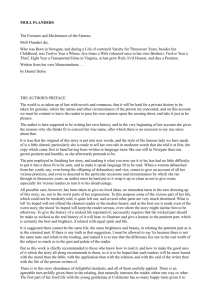The Medieval Lady
advertisement
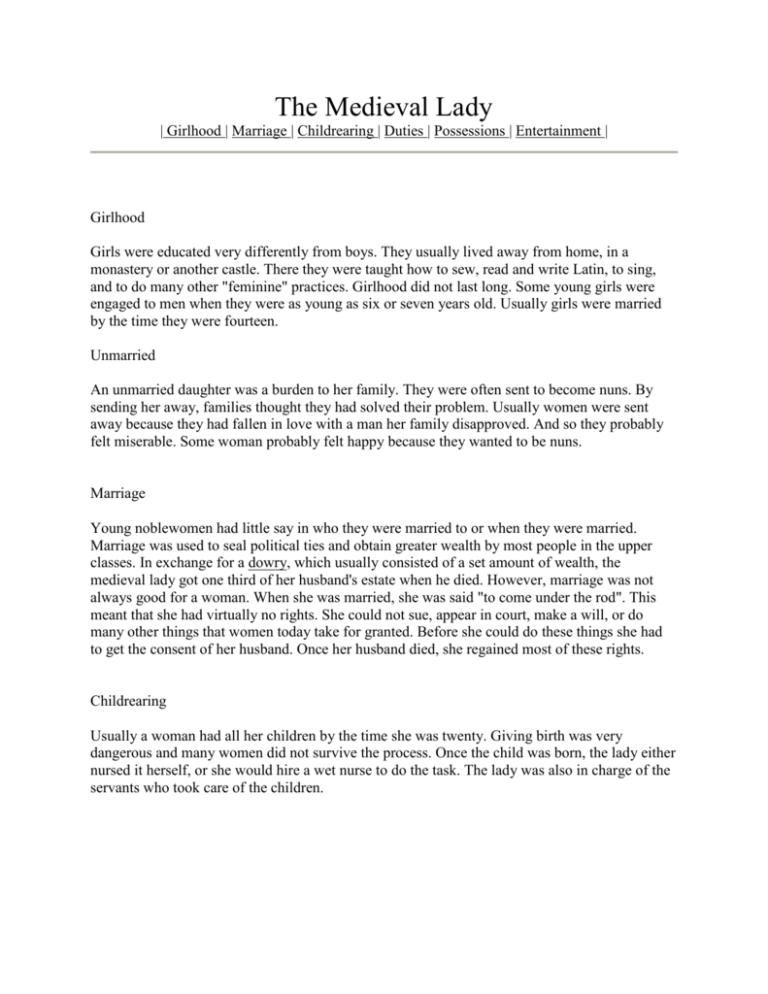
The Medieval Lady | Girlhood | Marriage | Childrearing | Duties | Possessions | Entertainment | Girlhood Girls were educated very differently from boys. They usually lived away from home, in a monastery or another castle. There they were taught how to sew, read and write Latin, to sing, and to do many other "feminine" practices. Girlhood did not last long. Some young girls were engaged to men when they were as young as six or seven years old. Usually girls were married by the time they were fourteen. Unmarried An unmarried daughter was a burden to her family. They were often sent to become nuns. By sending her away, families thought they had solved their problem. Usually women were sent away because they had fallen in love with a man her family disapproved. And so they probably felt miserable. Some woman probably felt happy because they wanted to be nuns. Marriage Young noblewomen had little say in who they were married to or when they were married. Marriage was used to seal political ties and obtain greater wealth by most people in the upper classes. In exchange for a dowry, which usually consisted of a set amount of wealth, the medieval lady got one third of her husband's estate when he died. However, marriage was not always good for a woman. When she was married, she was said "to come under the rod". This meant that she had virtually no rights. She could not sue, appear in court, make a will, or do many other things that women today take for granted. Before she could do these things she had to get the consent of her husband. Once her husband died, she regained most of these rights. Childrearing Usually a woman had all her children by the time she was twenty. Giving birth was very dangerous and many women did not survive the process. Once the child was born, the lady either nursed it herself, or she would hire a wet nurse to do the task. The lady was also in charge of the servants who took care of the children. Duties Besides caring for the children, the medieval lady also had many other duties. Ladies also generally were in charge of the castle's kitchen and meals. She oversaw the cooks and often kept accounts and made menus for it. She was in charge of entertaining guests that arrived at the castle. Additionally, she was often put in charge of the castle in the lord's absence. Ladies generally proved quite adept at managing the castle's affairs when the lord was gone. In times Perfumes of crisis, ladies also took over jobs that a man usually filled. Sometimes they defended their castles against sieges or led armies on the battlefield. A lady named Matilda, William the Conqueror's grand-daughter, led an army against Stephen of Blois and won a few battles. Possessions Medieval ladies generally radiated wealth and status. They owned expensive clothes made with exotic material that followed the latest fashion. They also wore jewelry of gold or silver with jewels embedded in them. They spread perfume around their rooms and their bodies to ward off foul smells. Sometimes, they had their own bedroom in the castle. Entertainment Ladies did many different things for fun. Unlike men, ladies didn't usually attend a boar or deer hunt. However, they often enjoyed hunting with trained falcons. Another outdoor activity was going on picnics. Sometimes picnics and falconry were combined. They also liked to play board games such as chess.
